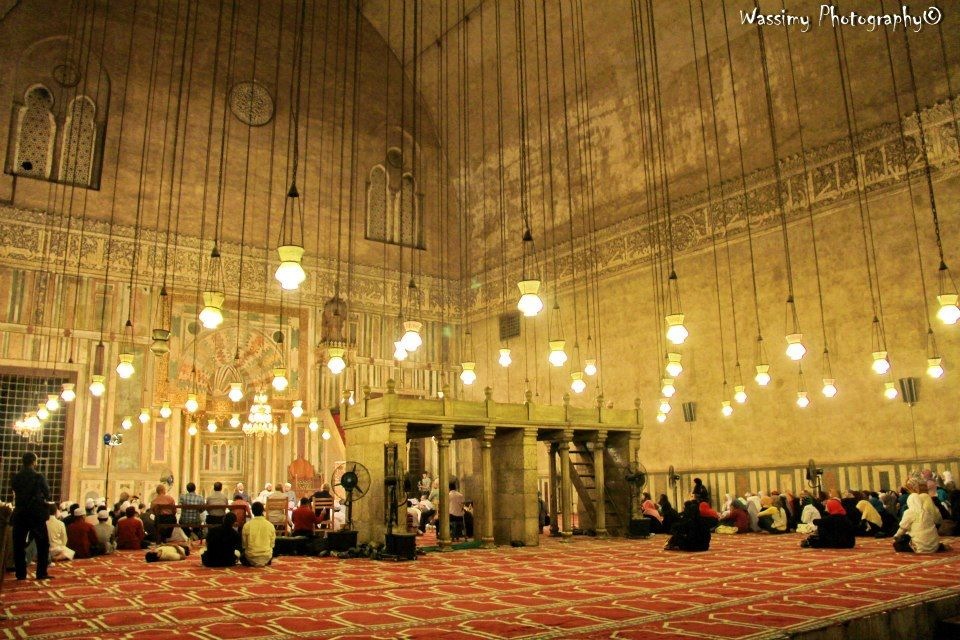Episode 08: Introduction to the Prophetic Models of Coexistence Pt1
The Prophet of Islam stood for coexistence. We have lost sight of this fact, and therefore reexamining the life of Prophet Muhammad to see how he coexisted with every aspect of society is not only important but highly relevant. Hopefully, this series will do just that.
Episode Notes
Episode Notes Introduction 1
1:20 – we are upset and confused
2:30 – problems are big and responses are weak
3:40 – a three-part framework for normative Islam
4:45 – the difference between religion (dīn) and religiosity (tadayyun)
6:53 – First rule of three in interpreting Islam’s primary sources 11:35 – the threat of creating a parallel religion
12:30 – finding comforts in our multiple identities 13:25 – there is a right Islam and a wrong Islam
14:30 – the need to provide direct responses to current misconceptions
Introduction 2
15:41 – introducing the specific material and the book
16:40 – goals of discussing Prophetic models of coexistence
16:52 – outline of the four models of Coexistence
18:02 – taking from all models and combinations of them
20:00 – The Sharia and the 5 main goals of the Sharia
20:55 – how legal abrogation (naskh) impacts finding a model of coexistence that works for us
25:43 – an example of slavery and abrogation, and suspension of rulings
26:34 – The Sharia wants slavery to end
29:47 – we want to revive Islam, not reform it
32:06 – the concept of the subtle moment in Islamic law
34:55 – the concept of the object of a Sharia ruling has vanished
35:18 – the concept of what is necessary now
36:48 – the four things that allow a ruling of the Sharia to change
Links
fiat currency
the first rule of three
Gomaa’s book link
Coexist Foundation
Maqasid al sharia
Abrogation in Sharia
Ratio legis
International treaties to end slavery
Ihya Ulum al Din
Prayer T1/T4 – tayammum sign
Quran Quotes
Woe to those who pray, and are absentminded in their prayer: 107:4-5
To you is your religion and to me is mine: 109:6
Whoever wills let them believe, whoever doesn’t, do not force them to believe: 18:29
Indeed for you in the Messenger of God is a perfect example: 33:21
Free a slave: 90:13
Ruling with what God has revealed: 5:44
Hadith Quotes
“My Companions are like the stars”: Bayhaqi
Lying about the Prophet ﷺ on purpose: Bukhari
What was the Prophet’s face like – radiant like the moon: Bukhari and Tirmidhi
Hadith of a reviver being sent to the Muslim community every 100 years: Abu Dawud
“From the wisdom of David in Psalms that the believer should be knowledgeable of their time and needs”: Ibn Hibban
People Mentioned
Ali Gomaa
Al-Zarakshi
Al-Suyuti
Abu Muslim Al-Asfahani
Abdallah al-Ghumari
Benjamin Franklin
Imam al-Ghazali
keep learning
Understanding the Muslim Mind
If we could take all of Islamic intellectual history, what sort of patterns and principles could we deduce? More importantly, if we found someone who actually knew all this information, what would they look like, think like, talk like, etc.?
What is Usuli Islam?
In The Clock of the Long Now, Stewart Brand argues that religion is one of the most durable institutions of civilization that helps ground us all in timeless values. In his concept of the forces of innovation (rapidly changing) and durability (slow changing) of civilization, religion would definitely be amongst the more slow adapting forces.
MORE




